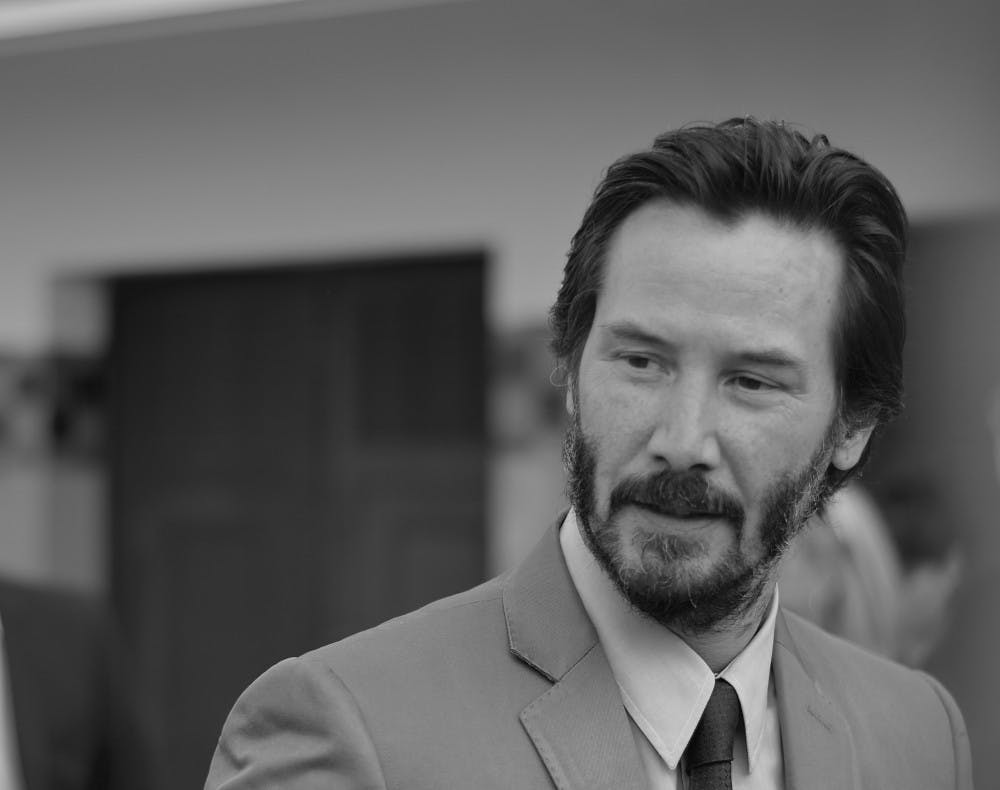This past year we’ve seen something that’s rarely seen in Hollywood: roles for Asian Americans (well, at least East Asian Americans). Movies like To All the Boys I’ve Loved Before and Crazy Rich Asians have both featured Asian actors in both leading and supporting roles and made important steps in increasing Asian representation in Hollywood.
However, both movies have also sparked controversy over the place that biracial actors have in Hollywood, as well as who should play biracial roles. To All the Boys stars Lana Condor, a Vietnamese-American actress in the role of half-white, half-Korean Lara Jean. Crazy Rich Asians stars Henry Golding, a half-white, half-Malaysian actor in the role of the Chinese-Singaporean character, Nick Young.
While I myself am biracial (half-white and half-Japanese), prior to being exposed to the conversations instigated by these casting decisions, I had never considered the role of biracial actors in Hollywood. I lived in Japan for three years during middle school, where encountering a white face was a novelty but the idea that a white person could be Japanese or claim that heritage was unthinkable. I’d like to think that if more biracial people were given a spotlight, perhaps there would be less controversy around a half-black half-Japanese winner of Miss Universe Japan and maybe even less xenophobia in general.
However, when it comes to America, I often see Hollywood using biracial Asian Americans to whitewash the few minority roles available.
In To All the Boys, this is mitigated by the casting of a full Asian actress. While biracial Americans can still connect with growing up in an Asian household or the white dad who makes an effort, it doesn’t feel as though the first Asian-American woman to lead a romantic comedy (a role traditionally reserved for white women) had to have white features in order to do so.
In Crazy Rich Asians, however, Henry Golding’s casting has been criticized as an attempt to whitewash an Asian character in order to make the movie more appealing to a wider audience. If so, this would not be a unique attempt. We see this with the few widely successful multiracial actors, like Olivia Munn, who has prominent “Western” features and Keanu Reeves who is white passing. Even one of the few TV shows I made sure to watch because of their choice to cast an Asian lead stars Maggie Q, who is half-Vietnamese and half-Irish-Polish.
Worse is the use of biracial characters as a tool to cast fully white actors in Asian roles. Just look to the much criticized casting decision of Emma Stone in Aloha, where she plays a half-white, quarter-Chinese, quarter-Hawaiian character. This is not okay. Just because some mixed race people (like me) are white passing, that does not mean that white people can play mixed race roles. Not only does it diminish the already limited opportunities for Asian representation on screen, but it also invalidates the uniqueness of the biracial experience.
However, though the casting of biracial actors and characters can be problematic, this is not to say that mixed race actors don’t matter. In fact, we should continue to cater to them by creating more stories from the perspective of mixed race individuals. These stories are important because they break down divides between race. People who don’t fit in any one box break down the social constructs behind race and emphasize the inherent meaninglessness of it. Plus, don’t you think there’s something that speaks to good all-American values in being a walking melting pot?
According to U.S. census data from 2010, 5.6 percent of the U.S. population identifies as Asian. Of those 17 million people, 15.2 percent identified as “Asian in combination” or mixed race Asian.
If that doesn’t seem like a significant portion of the population, then remember that this data is from nine years ago and that since at least 2015, the mixed race population in America has been growing three times faster than the average population.
Yet the “Asian in combination” perspective is one that hasn’t been tapped yet in movies. This is despite the fact that it would speak to a large portion of the population as well as give an interesting new perspective on race.
It’s important to keep pushing movies and production stories to include a diversity of voices. However, at the same time we have to continue to be critical of their use of biracial actors as a tool to whitewash minority roles. There is an important place for the stories of mixed race peoples, but they should not be used as a weapon against minority groups.
Meagan Peoples is a senior majoring in Writing Seminars and Chemistry from Hong Kong. She is a News & Features Editor.





